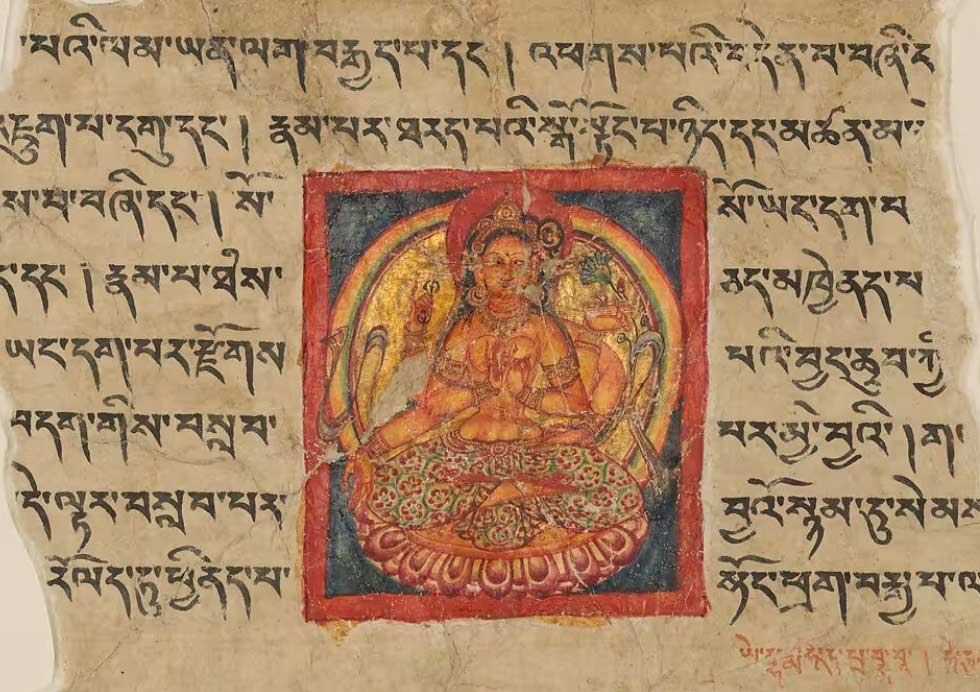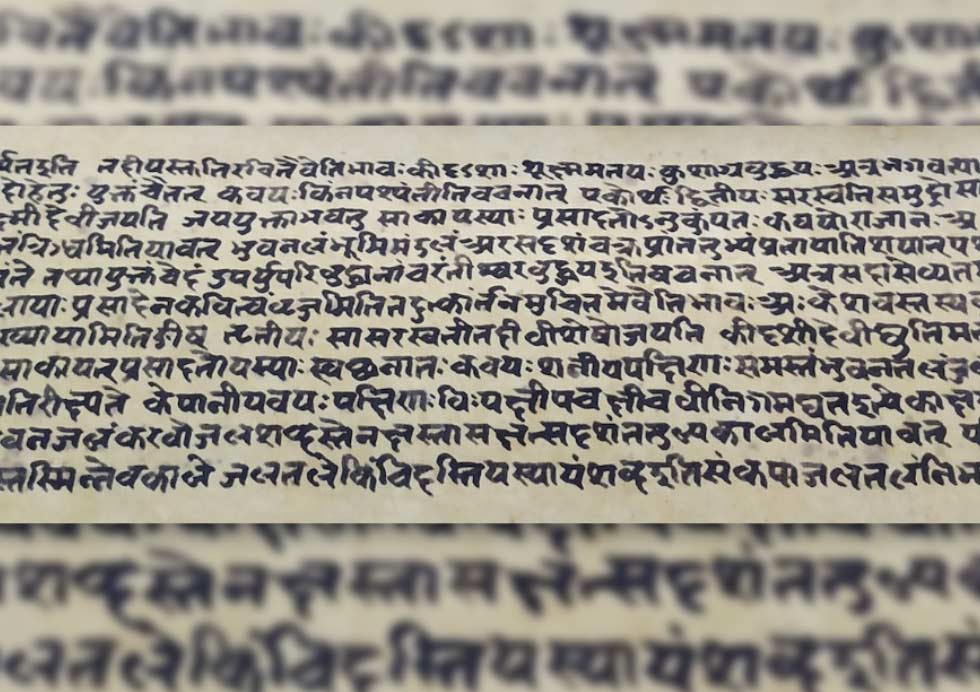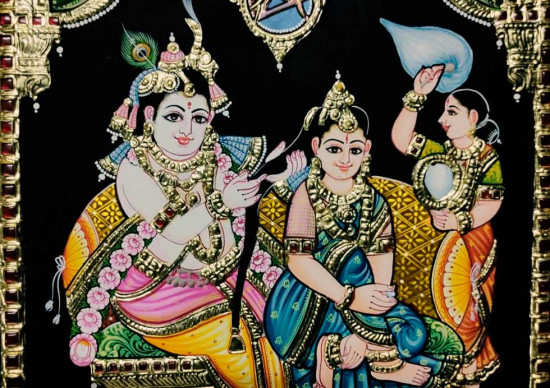
With its rich cultural legacy, India has produced a variety of art forms that have fascinated the world. Calligraphy is one such art form, a centuries-old practice that has flourished in the country. Calligraphy is the aesthetic expression of writing, originating from the Greek words “kallos” (beautiful) and “graphein” (to write). It is about more than just producing letters; it is also about generating visually attractive compositions through good penmanship. This essay delves into the enthralling realm of calligraphy and its importance in Indian culture.
What exactly is calligraphy?
The creative practice of making attractive, carefully crafted handwriting is known as calligraphy. The art of calligraphy is beautiful in which the artist exhibits meticulous attention to detail and precision in forming letters and creating harmonious compositions. It goes beyond mere writing and transforms words into works of art. Calligraphy is a visual representation of language and a means of communication that transcends its utilitarian purpose.
A Historical Journey
Calligraphy’s roots in India can be traced back to prehistoric times, with evidence found in the Harappan culture. The script was discovered on seals and pottery from that time period and shows early examples of elaborate letters. Calligraphy in India evolved over time, influenced by diverse civilizations and dynasties that dominated the subcontinent. Each era brought its own style and method to the table, resulting in a wide spectrum of calligraphic traditions. As a result, calligraphy has many various sorts and forms.
Styles and Techniques

There are numerous styles and scripts used in Indian calligraphy, each with its own unique features and aesthetic appeal. “Devanagari,” the script used for languages such as Hindi, Sanskrit, and Marathi, is one popular type. The elaborate letterforms, beautiful curves, and flowing strokes of Devanagari calligraphy are well-known. Another well-known script is “Persian,” which was influenced by Islamic culture and is usually used for Urdu and Persian. The fluid lines, delicate angles, and harmonious elegance of Persian calligraphy distinguish it.
Tools of the Trade
Calligraphers in India employ a range of tools and materials to create their masterpieces. The most fundamental instrument is the “kalam,” a pen made from bamboo or reed. By skillfully manipulating the pressure on the kalam, calligraphers can achieve variations in line thickness and create dynamic compositions. Other tools include the “masahif” (inkwell), “misbah” (lamp), and “raqam” (ruler), all of which contribute to achieving precision and perfection in their work.
Symbolism and Spiritual Significance
Calligraphy has great symbolism and spiritual significance in Indian culture. Exquisite calligraphy adorns ancient scriptures and holy writings such as the Vedas, Quran, and Gita, elevating the written word to a divine form of art. Sacred calligraphic verses from these scriptures are utilized to enhance the beauty of religious documents, architectural designs, and even daily goods such as prayer mats and jewelry. Calligraphy is regarded as a means of communicating with the almighty and expressing devotion.
Preservation and Revival
Calligraphy is still alive and well in India, despite developments in digital technology and modern printing techniques. Artists, scholars, and calligraphy fans are all working hard to conserve and promote this exquisite art form. To preserve the continuation of calligraphy, various organizations and educational institutions offer workshops, seminars, and exhibitions. Furthermore, current calligraphers are experimenting with new concepts and fusing classic techniques with modern influences, keeping the art form relevant and captivating in the modern era.
Conclusion
Calligraphy is a timeless art form in India that combines beauty, language, and spirituality. For generations, people have been captivated by its precise craftsmanship and aesthetic appeal. Calligraphy not only highlights India’s rich cultural legacy, but it also acts as a form of aesthetic expression and communication. Let us work to preserve and honor calligraphy, ensuring that it continues to inspire and captivate future generations and maintains its proper position in the tapestry of Indian culture.









